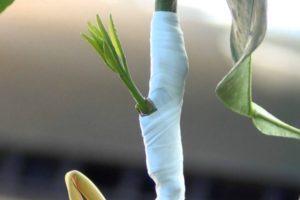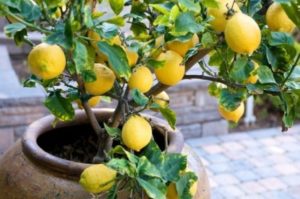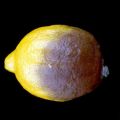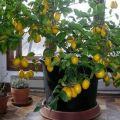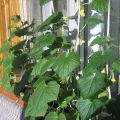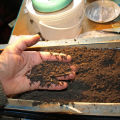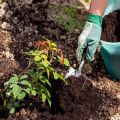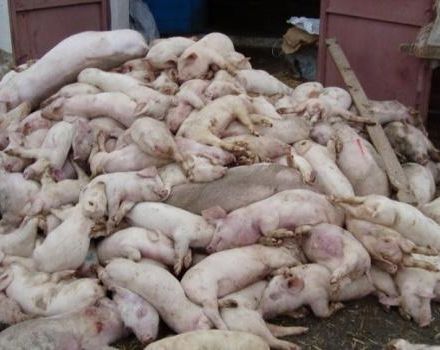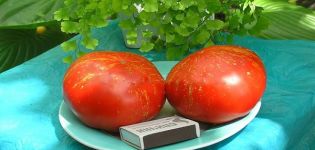The composition and acidity of the soil for citrus plants, how to do it yourself
Growing citrus plants indoors is a laborious, energy-intensive process. Their varieties, as a rule, are poorly adapted to growth and development in residential environments. The cultivation of citrus fruits is associated with the observance of regular maintenance rules, the selection of soil and the adjustment of the optimum values of temperature and humidity.
Soil quality criteria for citrus fruits
To choose a soil for citrus fruits, you need to familiarize yourself with the characteristics of these plants. Indoor varieties differ significantly from those that grow in natural conditions:
- indoor species bloom twice throughout the year;
- fruits of indoor species have a less pronounced citrus taste;
- the sizes of indoor varieties are different from wild ones.
With the right choice of soil for planting a citrus plant variety and observing the conditions of care, the crop is harvested in the third year of the plant's life. The soil mixture is selected according to several parameters:
- the structure of the soil should be loose (the root system of citrus fruits has its own characteristics, in order to obtain nutrients from the ground, it needs to have easy access to useful elements);
- acidity indicators should not exceed the boundaries of 5.2 and 7 PH;
- the soil must have a homogeneous structure (the presence of lumps interferes with the root system, reduces the rate of the process of obtaining nutrients).
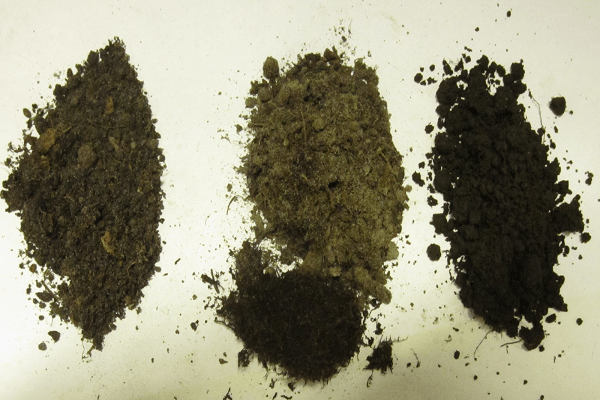
Types of indoor citrus fruits have distinctive features that are taken into account when selecting soil:
- Black earth is not suitable for any varieties of lemon. It provokes root rot due to the creation of a greenhouse effect.
- The roots of tangerines are distinguished by their ability to quickly absorb minerals from the soil, so experts recommend more often feeding them with mineral fertilizers.
Buy or do it yourself
Compositions for planting and growing citrus fruits are sold in specialized sections of theme stores, the second way to get the necessary mixture is to prepare it yourself.
Citrus growers note that commercial soils are often not suitable for lemons. This is due to the peculiarity of packaging: sealed bags contribute to the creation of a greenhouse effect, which provokes the decomposition of the fibers contained in the mixture. Such mechanisms are harmful for any type of lemon; it is difficult for plants to gain growth and develop correctly.
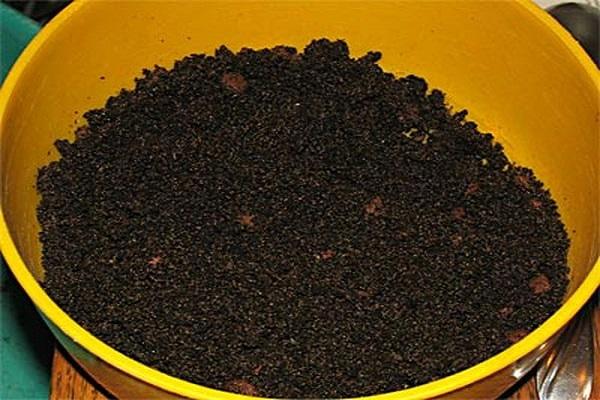
Ideal potting soil for citrus fruits at home
An important prerequisite for proper growth and development of citrus varieties at home is the regulation of soil acidity.Plants do not tolerate low acidity and die in an environment with high acidity.
For experienced gardeners, checking the soil acidity level is easy. To do this, you need to evaluate the result that manifested itself on litmus paper after immersion in liquid that remains on the soil surface:
- red color - certificate of level 5 PH;
- orange indicator - medium acidity;
- yellow indicator - the level is increased;
- green color is an indicator of an alkaline environment.
Information! Watering with hard water is a common cause of acidity changes.

Several components are used to create the required soil mixture.
Garden land
Features:
- lightness of structure;
- the acidity index is neutral.
Garden land is recommended to be collected near fruit crops in summer. Collect the top layer, which is then sieved and separated from the debris.

Leaf land
The peculiarity of this mixture is the natural acidity level. This type of soil is formed after rotting leaves that fall from trees. Natural mechanisms make the soil useful for growing all types of crops.
Sod land
Features:
- porous structure;
- increased nutrient content.
Sod preparation has specific steps. The seam should not exceed 15 centimeters in thickness and 35 centimeters in width. Layers of sod are layered on top of each other until reaching 1 meter in height. The middle of the upper part of the structure is pierced, a deepening is created so that moisture is retained there. In summer, such a structure is turned over, spilled, compacted with manure.
Sod land is prepared for 2 years. The layers are sieved before using the turf for indoor plants.
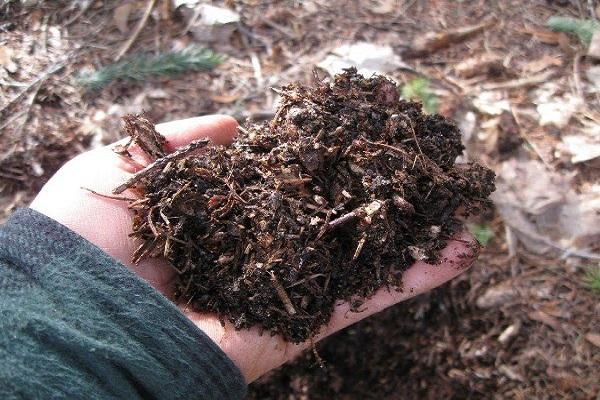
Sand
Features:
- lightness of structure;
- looseness;
- the structure helps to prevent the development of fungus.
The sands do not contain nutrients, they are added to the mixture to add lightness.
Experts recommend collecting sand in warm, clear weather. It is washed before adding.
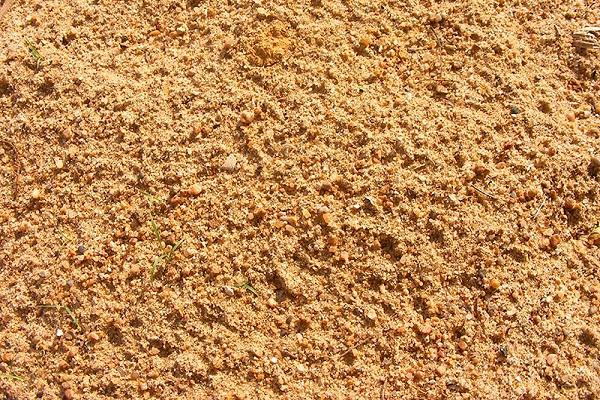
Peat land
Peat has a number of useful characteristics:
- contains nutrients;
- regulates the level of soil acidity;
- gives the necessary structure.
Peat is added to the mixture for indoor citrus plants in minimal volumes so as not to oversaturate the soil and not provoke fiber decomposition.
Compost
Compost is an organic type of fertilizer that is formed as a result of the decomposition of plant and animal waste.
Compost is obtained by composting. For this, a recess is created in the ground, where plant or animal waste is placed. The optimal compost readiness period is 2 years after the first filling.
When adding compost to the soil mixture, you should make sure that it is completely ready, as the immature structure can adversely affect the growth of the citrus plant.
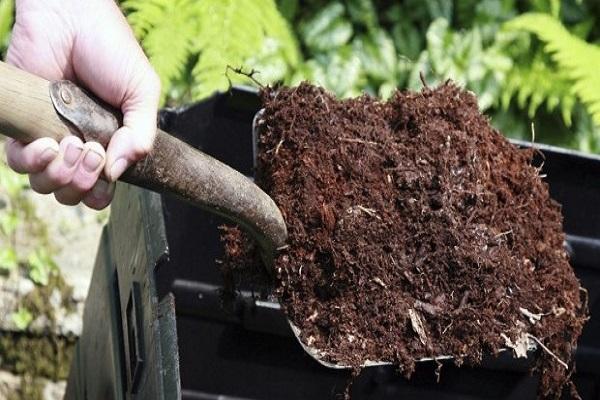
Fertilizers for seedlings
Citrus plants need proper feeding. For cultivation, you must adhere to special schemes developed by specialists.
Information! For feeding, the simultaneous use of mineral and organic fertilizers is not practiced. This approach contributes to the burning of the root system, so the types of complexes alternate.

Plants need different types of fertilizers, it depends on the period of development:
- From January to August, nitrogen-containing complexes are required. For lemons and tangerines, an infusion of horse manure with a concentration of manure and water in a proportion of 100 grams to 1 liter of water is recommended. This mixture is insisted for 2 weeks.
- A large amount of nitrogen is contained in urea, it is dissolved according to the formula: 1.5 grams per 1 liter of water.
- For feeding citrus fruits, during flowering or a set of colors, fertilizers with a high content of phosphorus and potassium are used. They are brought in until lemons and tangerines form fruits with a minimum diameter of 15 millimeters.
- Preparation for the sleep phase, which occurs in plants in August or September, requires replenishment of potassium sulfates. For this, granular fertilizers of an inorganic type are used.
Advice! It is recommended to alternate root and non-root feeding.
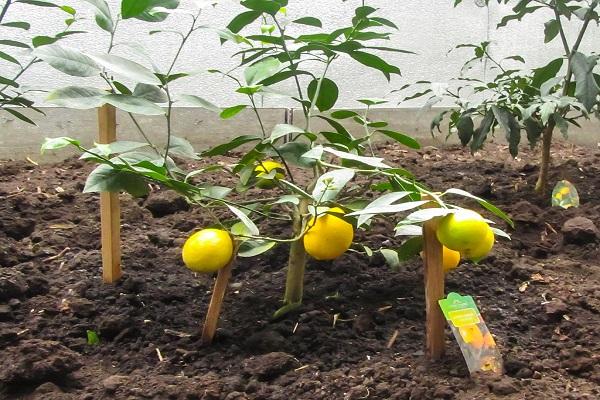
The need for transplant
Citrus plants need regular replanting:
- to replenish nutrient reserves;
- to change the acidity of the soil;
- to expand the space of the pot due to the fact that the root system has grown.
Signs that a citrus plant needs a transplant:
- the plant stops growing;
- develops slowly;
- some of the branches remain underdeveloped;
- the tips of the roots are visible from the drainage hole, which indicates a strong entanglement with the root system of the earthy coma.
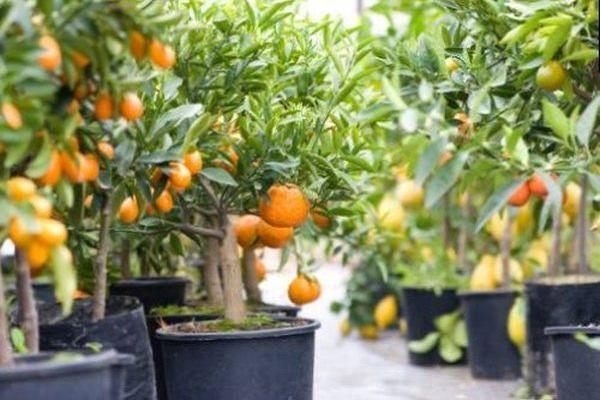
For transplantation, periods of budding, flowering or fruiting are excluded. The process is recommended to be approached very carefully. Before transplanting, the plants are carefully shed for several days. A culture with a clod of earth is taken out of the pot, trying not to disturb the roots.
After examining the root system, dried or rotten parts are carefully removed. The lump that is taken out of the pot is by no means destroyed. Plants are transplanted into a new container with it. This explains the second name of the method for transplanting citrus fruits - transshipment.
With regular transplants, the rule of increasing the size of the pot should be taken into account: each time it is increased by 2-4 centimeters.
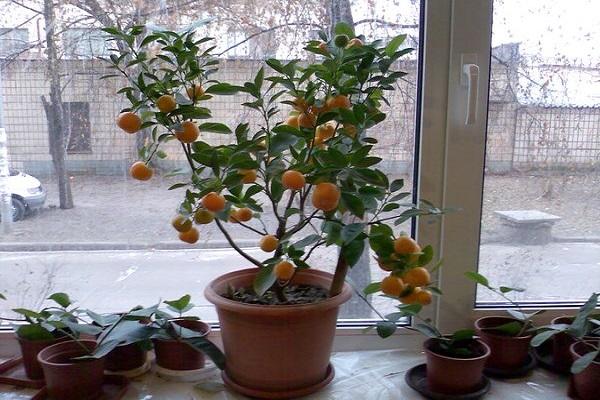
Regular transshipments contribute to the formation of a strong tree, therefore, frequent procedures are recommended for indoor citrus plants (2-3 times annually).
After transshipment, pots of citrus are watered abundantly and covered from direct sunlight, not placed in a draft or near heating appliances. The quarantine period provides for resting for 1-2 weeks so that the plants adapt to the new capacity and new growth conditions.
